Are you looking for ways to spend less and reduce waste in your home? With a little creativity and elbow grease, you can complete DIY projects that help save money and resources. This article covers 25 ingenious ideas for do-it-yourself upgrades and organizational hacks using things you already have at home. Keep reading for frugal kitchen ideas, bathroom upgrades, storage solutions, upcycled decor, and eco-friendly improvements.
Frugal Kitchen DIYs
In the kitchen, reuse empty food containers for a clutter-free, budget-friendly pantry. Sturdy glass jars make great dispensers for dry goods like pasta, rice, and snacks. Mason jars are very versatile, as are yogurt and cottage cheese tubs. Thoroughly wash and dry containers before transferring food items to them. Labelling the jars helps easily identify contents. Arrange neatly on shelves for an organized look.
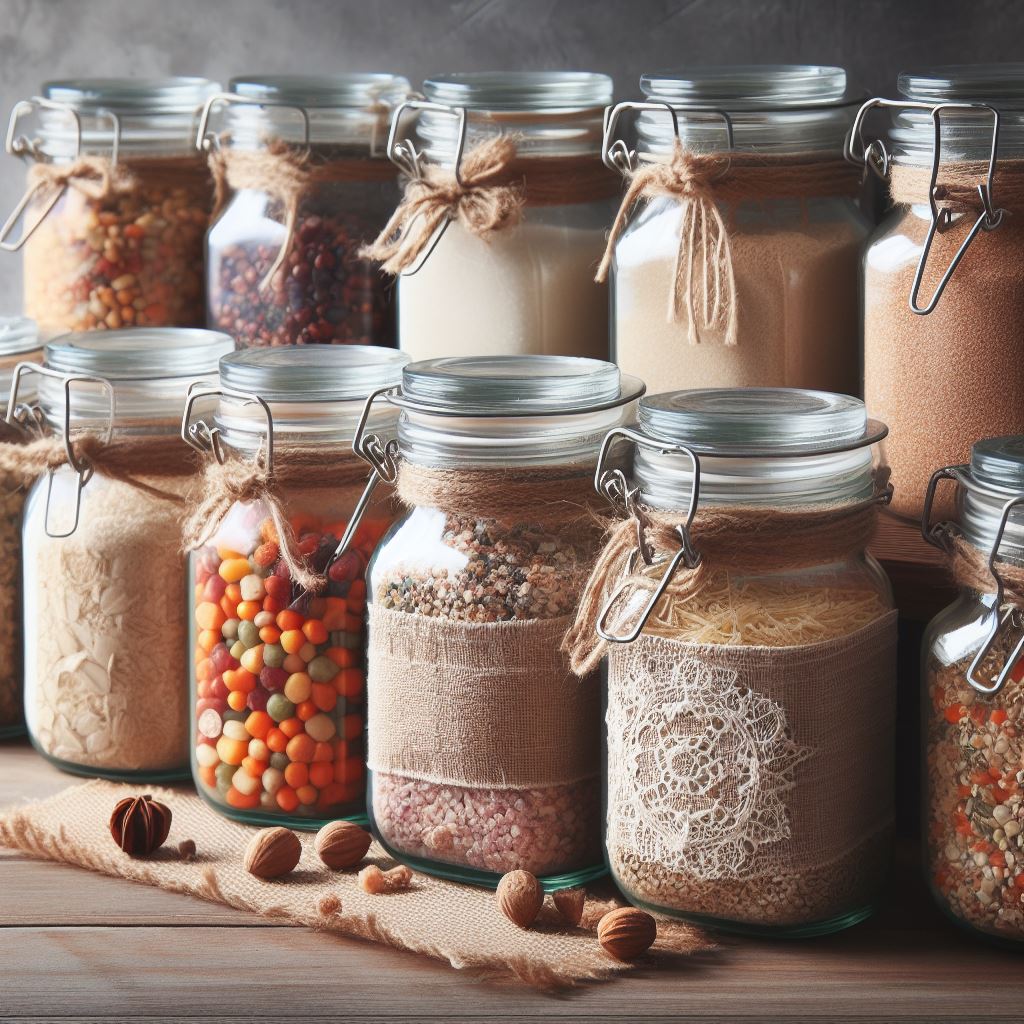
Making your own cleaning products from natural ingredients like vinegar, baking soda, and castile soap allows you to control what goes onto surfaces in your home. You also avoid excess plastic packaging waste and high costs of commercial cleaners. Try an all-purpose cleaner by mixing 1 cup white vinegar with 1 cup water in a spray bottle. For extra grease-cutting power, add 2 tablespoons natural liquid soap. For scouring ability without abrasives, sprinkle baking soda directly on surfaces before scrubbing with a damp cloth or brush. Squeezing lemon juice onto baking soda helps boost cleaning action.
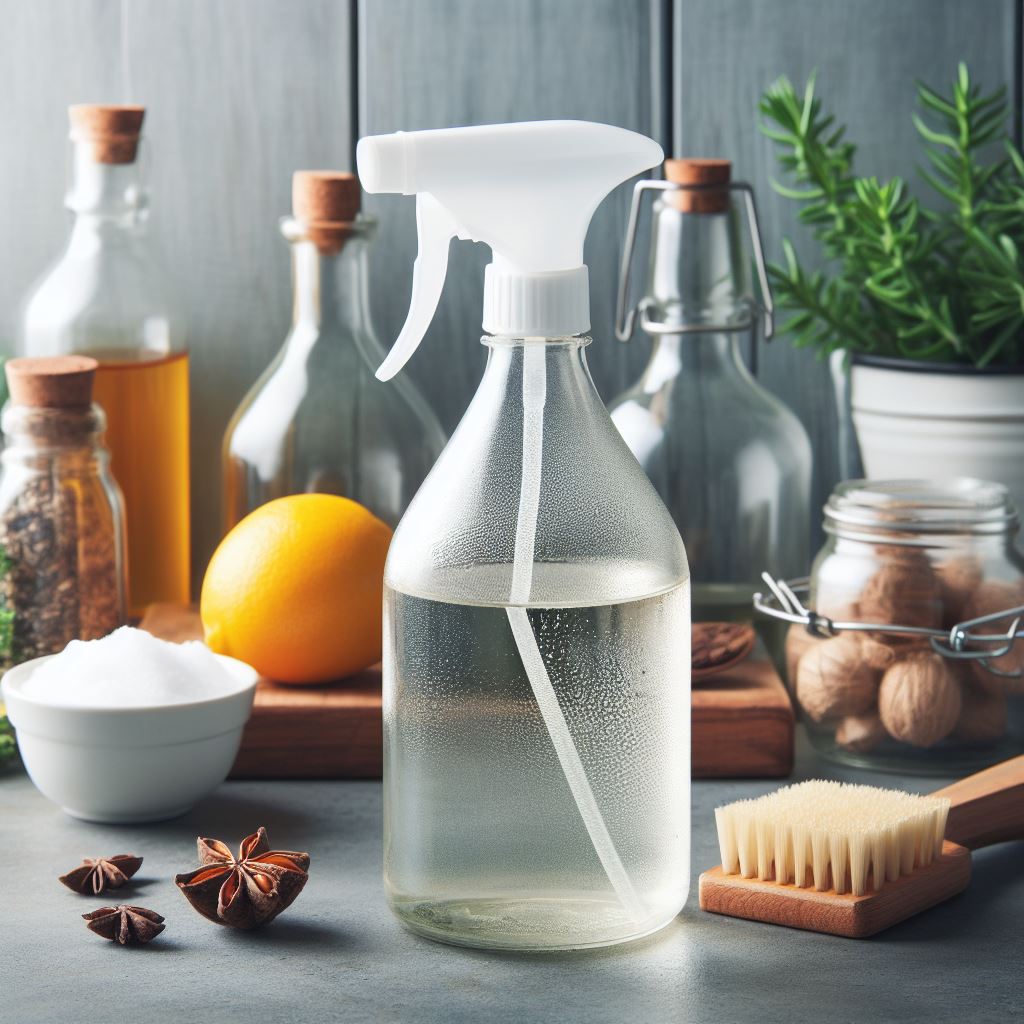
Starting an indoor herb garden using clippings from the grocery store or plants purchased at a nursery is an easy, eco-friendly DIY project. Plant herbs like basil, thyme, oregano, mint, and rosemary in small glass jars or pots on a sunny windowsill and water sparingly to maintain growth. Having fresh herbs on hand reduces reliance on plastic-wrapped storebought herbs and saves money too. Snip herbs as needed and add to recipes!
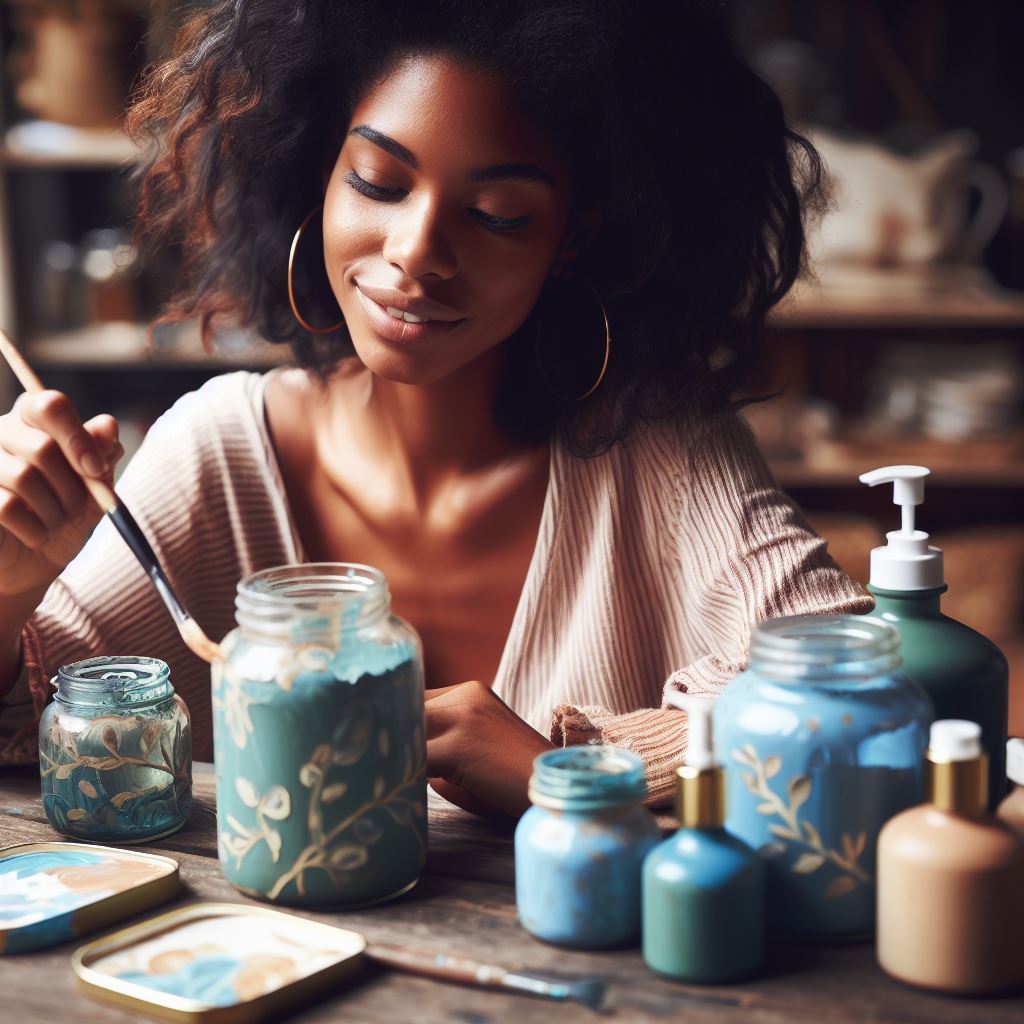
DIY Bathroom Upgrades
In the bathroom, give used towels and rags new life by cutting or tearing them into reusable cleaning cloths. Simply add a bit of vinegar or any non-toxic cleaning solution to a damp rag and they’re ready to tackle mirrors, sinks, counters, floors, and other surfaces. Rags made from soft cotton t-shirts are ideal for dusting too. To freshen them between uses, wash rags in hot water and a bit of natural vinegar.
Soy candle wax is expensive to purchase on its own for DIY projects. However, leftover melted wax from previously used candles or wax melts can be repurposed with new wicks to create fresh soy candles. Reuse glass jars, mugs, and other containers as candle vessels. Clean thoroughly to remove any old wax or residue before pouring in melted wax. For custom scents, add several drops of essential oils like lavender, eucalyptus, lemon or vanilla into melted wax before pouring. Allow to fully harden before lighting.

Repurposing empty glass bottles and jars into bathroom organizers and dispensers allows you to add style while reducing waste. First clean and dry containers thoroughly. Paint the outsides with chalkboard paint or customizable labels if desired. Once paint dries, fill jars with cotton balls, cotton swabs, bath salts, handmade soaps, or other toiletry items. Use lids from products like baby food jars to make jars sealable. Arrange jars neatly on a tray, shelf, or wall caddy.
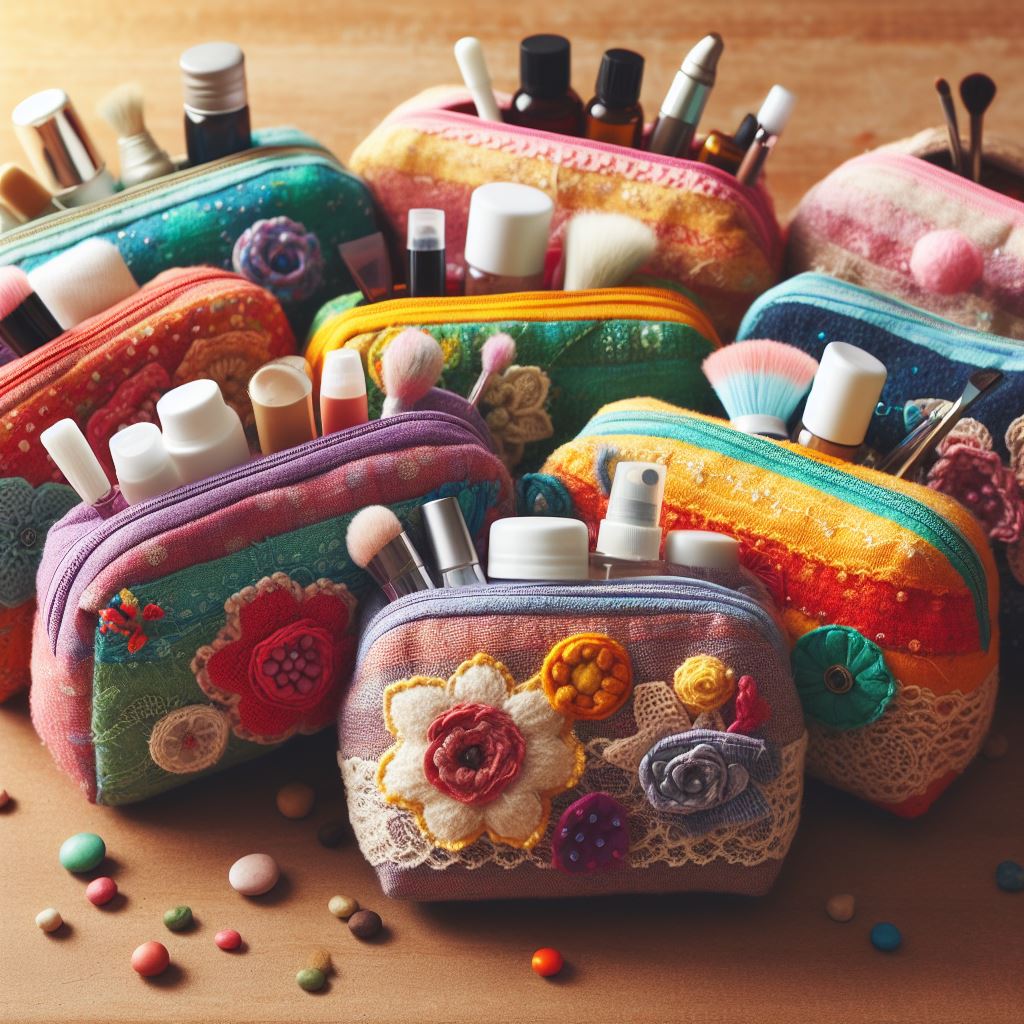
Creative Storage Solutions
Get organized without spending a fortune by repurposing wooden crates into custom shelving units. Look for sturdy, uniform-sized crates at craft stores, online, or sourced locally through classified ads or thrift stores. Stack crates vertically like tower cubbies or align horizontally like wall shelves – either arrangement works beautifully. Anchor securely to walls if needed. Then fill crates with folded clothing and linens, baskets, storage boxes and more to corral items. Leave some open crate space for displaying cherished decorative objects like plants, framed photos and art.
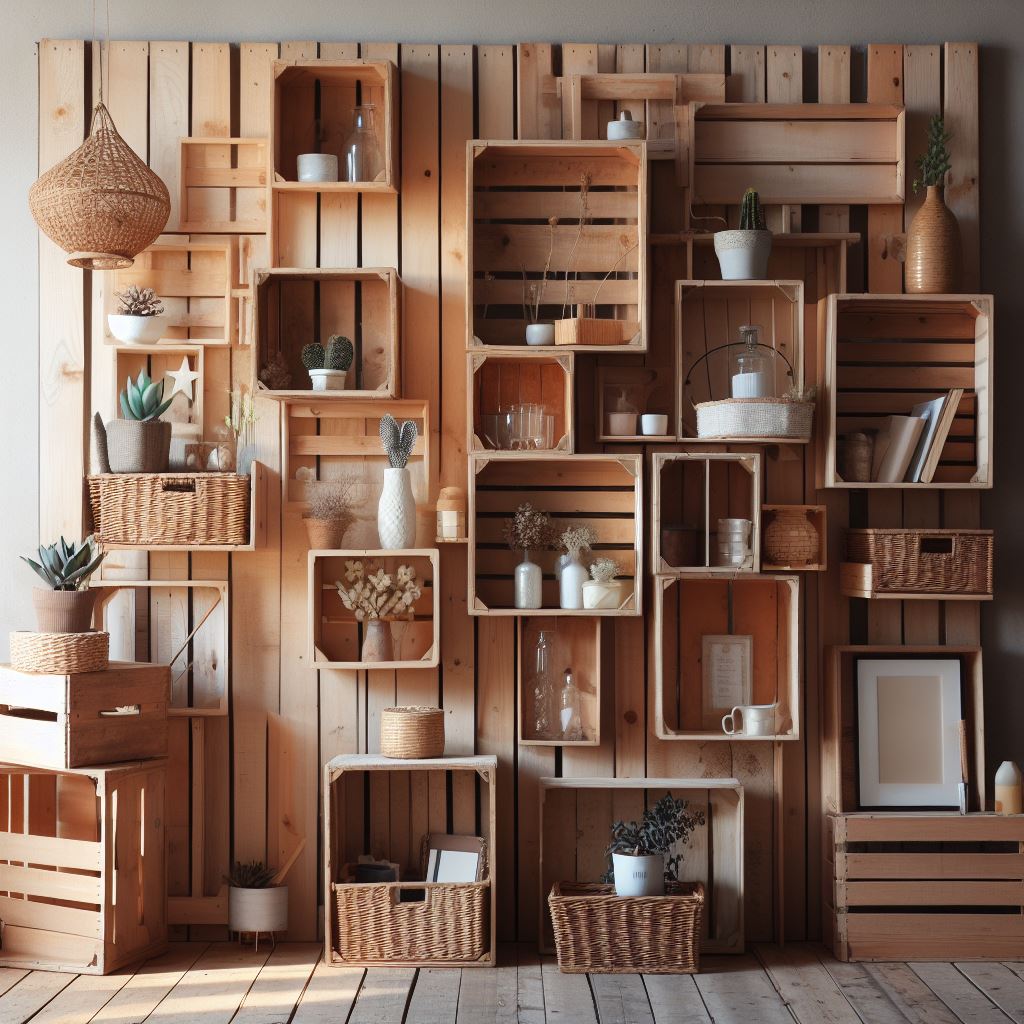
Sew simple fabric pouches and boxes from old bed sheets, shirts, curtains, or other cotton fabrics. This repurposes textiles headed for donation or the landfill into handy organizational tools. Just cut uniform squares or rectangles, stack 2 equal pieces with right sides facing, sew the 3 raw edges, turn right side out, then stitch up the 4th side. No sewing skills or machine? Use iron-on adhesive and folded fabric to make sealable pouches. Fill pouches with everything from tech and charging cords to makeup, school supplies, hobby items, and more.
Make the most of existing kitchen cabinet or pantry space by transferring flour, sugar, rice and other dry goods into lidded repurposed glass jars. Clean and dry jars thoroughly before using. Use a label maker, painter’s tape, or chalkboard paint to identify contents on the outside. Transferring baking ingredients into matching jars creates a unified, organized appearance and makes items much easier to locate at a glance. Stack jars to save shelf space.
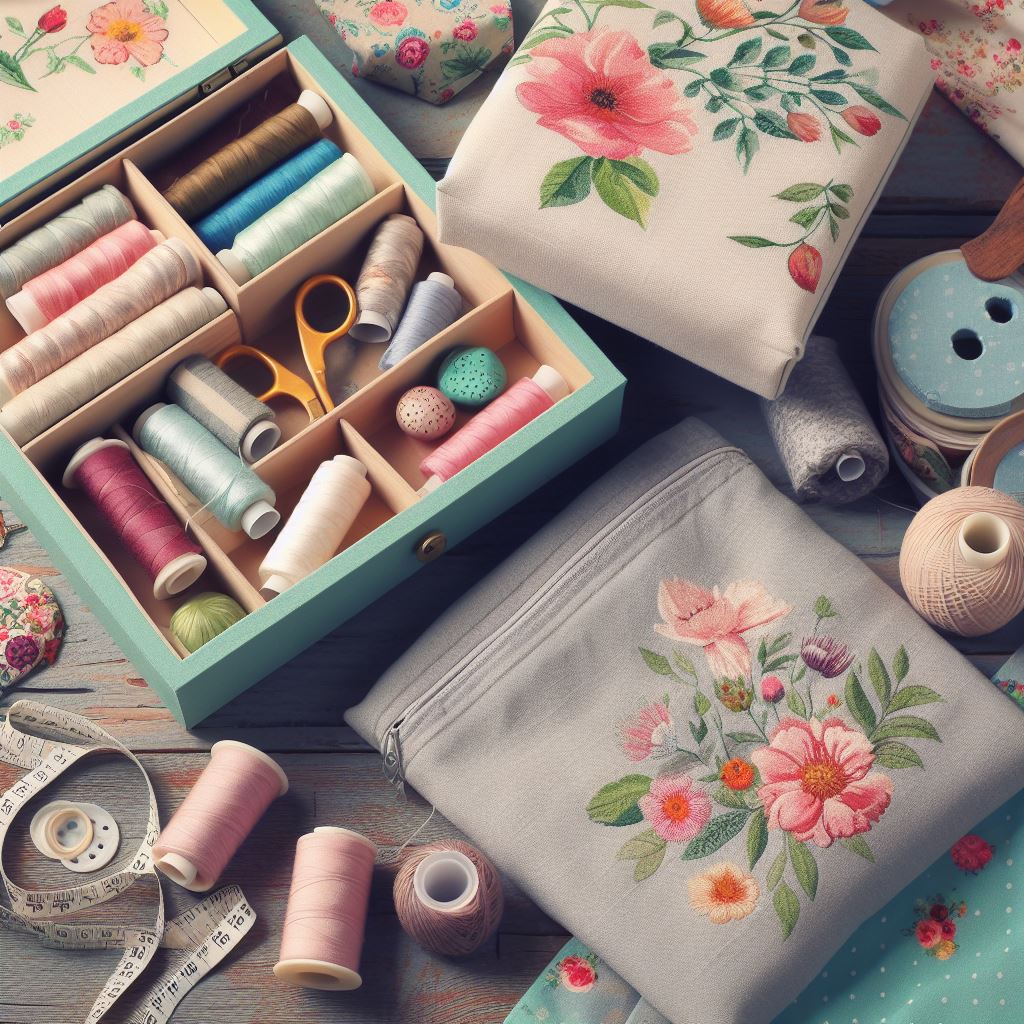
Upcycled Decor Ideas
In the living room, bedrooms and other spaces, breathe new life into worn out clothes, sheets, blankets, curtains and other linens headed for donation or the trash. Cut cotton t-shirts into squares, arrange into patchwork patterns, and sew together either by hand or machine to create one-of-a-kind throw pillow covers. Stitch three sides and insert a regular pillow form into the open end. For no-sew pillows, cut fabric into squares, stack into a pillowcase, then insert a form. Make cozy blankets and quilt coverlets from old flannel shirts, fleece, and cotton sheets cut into geometric shapes then stitched together. Use basic stitches like running stitch or whip stitch to sew pieces by hand.

Salvage wood pieces, metal bits, marbles, game pieces, and fabric scraps to create unique DIY wall art. Attach materials in geometric patterns, simple images, or abstract collages onto boards, canvas, or old picture frames using hot glue and/or liquid nails. Spray paint or stain boards first if desired. Arrange collaged pieces in shadowboxes instead for three-dimensional art. Add inspirational words and phrases using stencils or vinyl lettering to personalize pieces.
Repurpose old wooden shutters as headboards or footboards to give beds new life. Look for standard-sized shutters at thrift stores, salvage yards, or online classifieds. Prepare surfaces by lightly sanding, then paint or stain shutters to desired finish. Lean shutters symmetrically against the wall above a bed frame for a simple headboard. For footboards, position horizontally at the mattress base. Add accents like stenciled patterns, decals, ribbon, or fabrics.
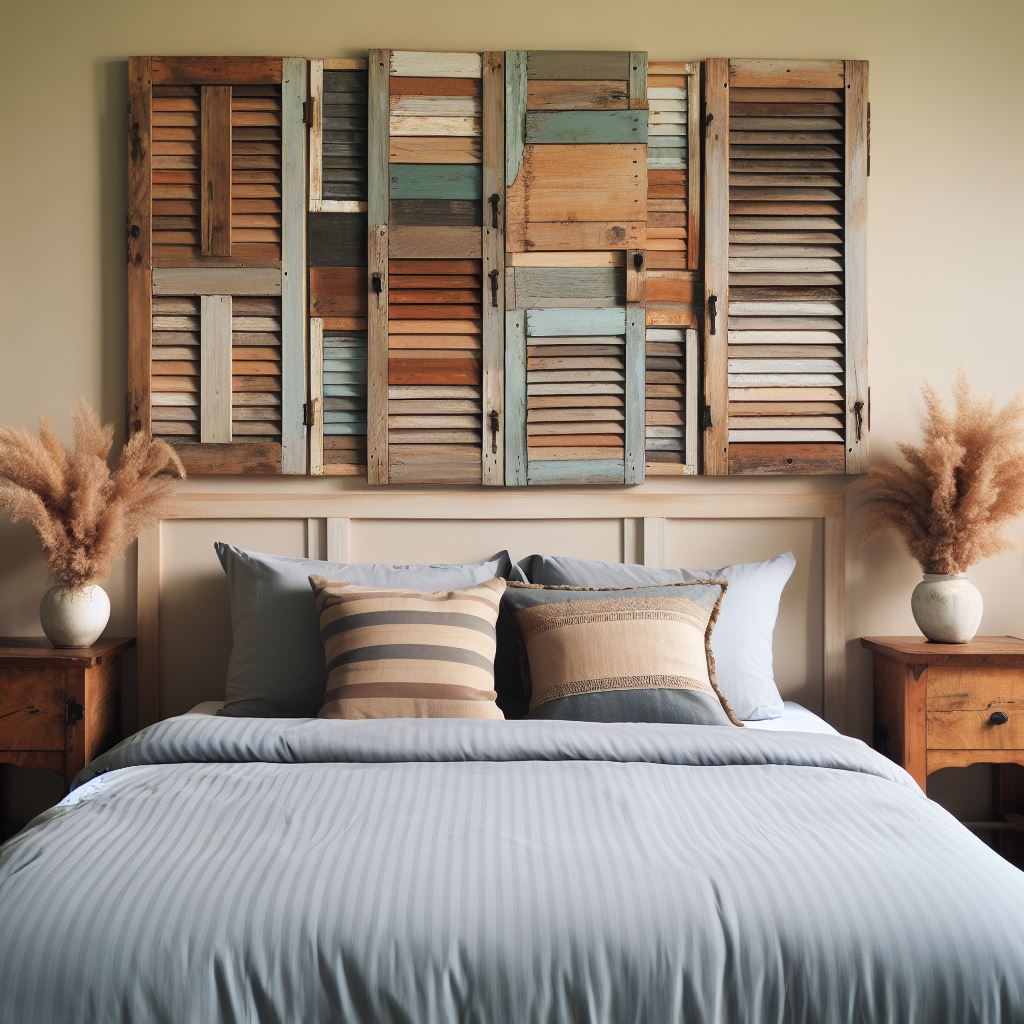
Eco-Friendly Improvements
For the kitchen and packed lunches, make biodegradable food wraps from inexpensive beeswax and cotton fabric. Melt 1 cup beeswax pellets or grated bars with 1/4 cup coconut or olive oil in a glass jar on the stove or in the microwave. Test melt consistency by dropping a small blob on a spoon and placing in the freezer for 1 minute. It should be pliable but not sticky. Next, use a sponge brush or foam roller to thinly coat both sides of washed cotton fabric with the wax mixture. Let fully dry and harden before using a pizza cutter or craft blade to cut into reusable food wrap sizes. Wrap over bowls, produce, and other items.
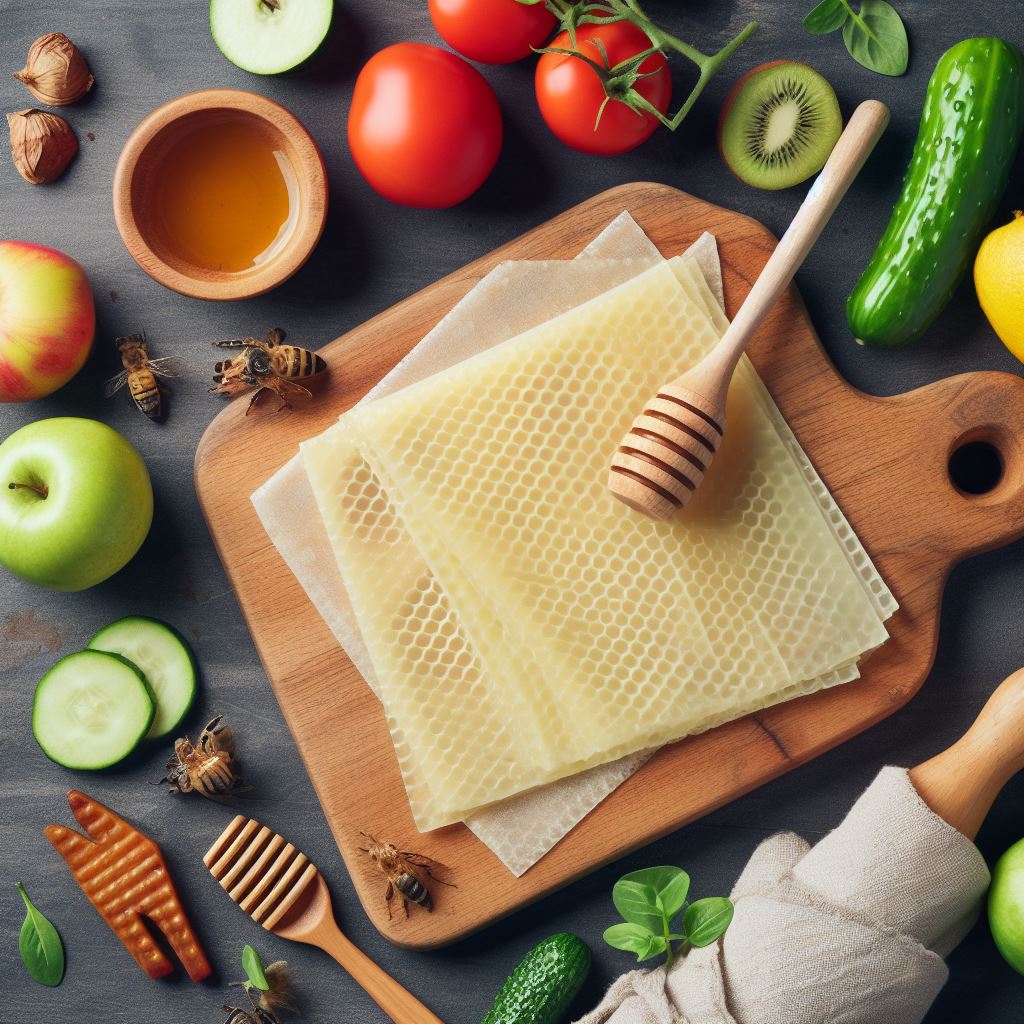
Installing a simple rain barrel or catchment system collects free rainwater from downspouts for uses like gardening, washing cars, and watering lawns. Rainwater contains no chlorine, fluoride, or other chemicals, making it ideal for plant health. Purchase or make your own rain barrel from a large plastic drum or trash can. Locate securely under one downspout, then connect a hose to the barrel spout to direct water wherever needed. Consult online tutorials for setting up proper drainage and overflow.
Start an outdoor enclosed composter or indoor vermicomposting bin to turn kitchen scraps like fruit and vegetable peels into nutrient-rich fertilizer for houseplants or gardens. Enclosed composting units contain smells and pests while breaking down scraps into rich soil. Vermicomposting uses red wiggler worms to process food waste. Their castings enrich soil with nutrients plants love. Composting reduces landfill contributions while creating free fertile soil.

With some creativity and effort, you can complete useful budget-friendly DIY projects that reduce consumption and waste across your home. Upcycle items already on hand, and enjoy the satisfaction of do-it-yourself upgrades while saving money and natural resources. We covered frugal kitchen, bathroom, storage, decor, and eco-friendly DIY ideas to get you started. Which of these money-saving projects will you tackle first?
Like these practical DIY tips? Subscribe to the blog for more ways to live frugally and reduce waste in your home.
Have your own tried-and-true DIY ideas for saving cash and cutting clutter sustainably? Share your projects and experiences in the comments!
